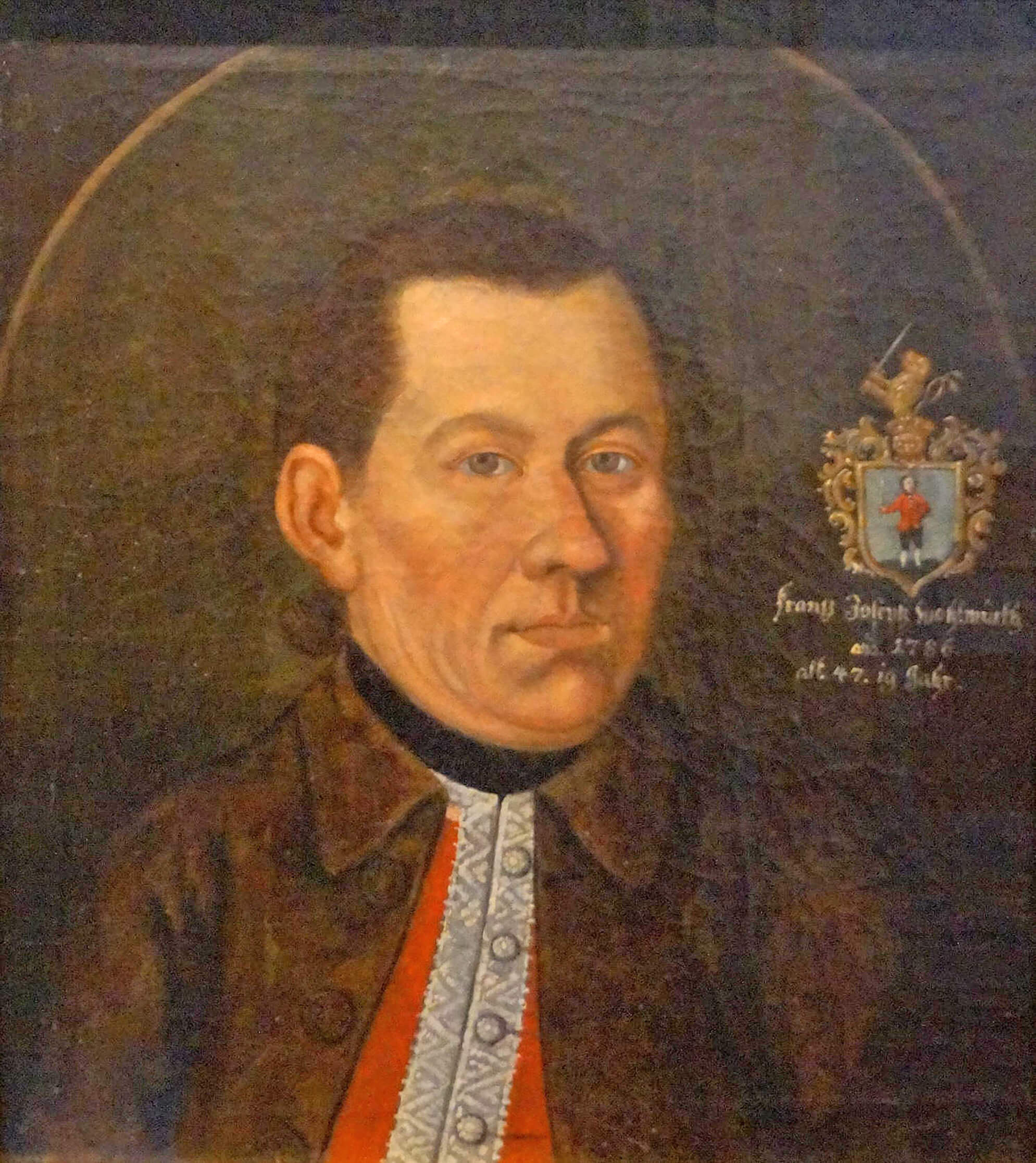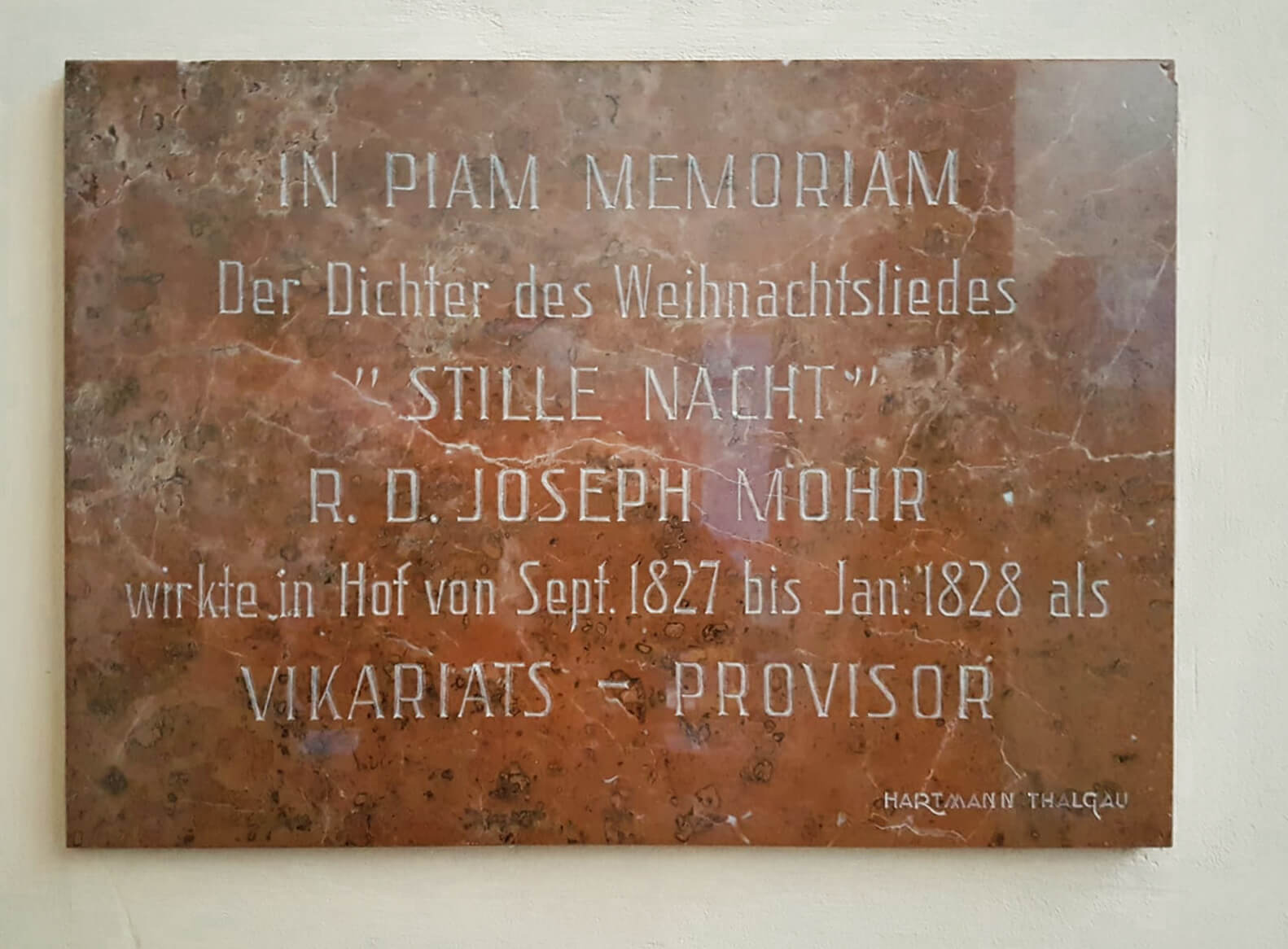
The last Executioner* of Salzburg
During his long period in office (1757 – 1817), Franz Josef Wohlmuth kept a diary of his activities.
This record tells us how often the executioner performed his grim task on convicts from this region: Eight executions by sword, one flogging, four individuals in the pillories, and four times helping to bury the bodies of suicides. This was over a period of 60 years. There were relatively few malefactions*.
Three execution sites in the Wartenfels judicial district
According to the »Thalgau Local Record« by Karl Haas, the Wartenfels judicial district had three execution sites:
- The »Streitbühel« was situated just below Wartenfels Castle. This is where trials were held and sentences were enforced. One farmstead still bears this name today.
- Scherntann Farm is located high up on the Thalgauberg mountain – its name is derived from »Schörgentanne« or »Schergentanne« – lit. henchman’s tree. Wayside crosses are said to have been situated alongside the route up as reminders of the condemned.
- Death sentences were also enforced in Thalgau Village, near Herrenhub Farm. Today’s land register plot no. 175 still bears the additional name »Field of blood«.
Godfather of Joseph Mohr
Franz Joseph Wohlmuth was the godfather of Joseph Mohr, the author of the lyrics for »Silent Night! Holy Night«. Joseph Mohr worked as a provisional curate* in Hof from 1827 until January 1828. A memorial plaque on the south side of the parish church acts as a reminder.

*Explanation:
Executioner: Professional title of the enforcer of death sentences and other sentences.
Malefaction: Felonies against life or limb (murder, manslaughter, rape, sorcery) and against property (theft/robbery or arson)
R.D. Joseph Mohr = Referendissimus Dominus = the Most Honourable Joseph Mohr
Curate: Chaplain at a parent parish church. The parent parish of Hof was Thalgau.
Provisional: Acting as the chaplain for the parish, but, unlike the priest, might be transferred to a different parish much more easily.
Verwendete Quellen und Literatur:
Dopsch, Heinz/Spatzenegger, Hans (Hrsg.): »Geschichte Salzburgs«, Stadt und Land, Bd. I/2, Salzburg 1983.
Haas, Karl: »Thalgauer Heimatbuch«, 1. Aufl. Salzburg 1976.
Iglhauser, Bernhard: »Goldbrünnlein und Wettervogel«, Innsbruck 1994.
Putzer, Peter: »Das Salzburger Scharfrichter Tagebuch«, St. Johann im Pongau 1985.





